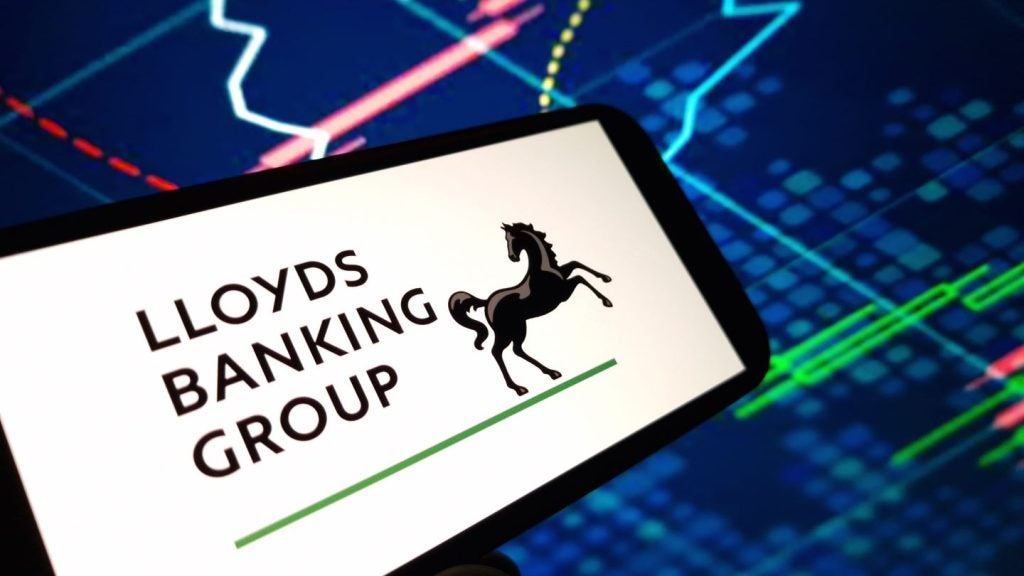Shaping the Future: How Tech Will Drive ESG Impact in Financial Services
The business model changes required by a big incumbent to incorporate ESG elements could be huge compared to a new digital bank. Large firms tend to face a number of obstacles such as less flexibility in making changes, stakeholder approval, and difficulties in changing employee cultures.
Listed below are the key technology trends impacting the ESG theme in financial services, as identified by GlobalData.
Sustainable robo-advice
ESG-focused robo platforms use machine learning (ML) algorithms to guide investors towards suitable investments, typically exchange-traded funds (ETFs) that bundle securities into themed and lower-risk instruments in which risk is hedged across a portfolio. Sustainable ETFs have grown in popularity due to specialist robo-advisors, that deal exclusively in sustainable ETFs. The total amount of capital available for sustainable development goals (SDGs) may increase significantly by making it easier for individuals to invest in accordance with their values and preferences.
Cloud migration
Cloud is a major trend in ESG as it is more energy-efficient for financial services (FS) providers to use shared data centres instead of having their own. Most incumbent banks are moving applications, data, and infrastructure to the cloud to reduce both operational costs and carbon emissions. Cloud migration can reduce global carbon emissions by 59 million tonnes of CO2 per year, according to consulting firm Accenture. This represents a 5.9% reduction in total information technology (IT) related emissions, the equivalent of taking 22 million cars off the road.
Spending analytics
Banks and technology vendors are re-purposing digital money management (DMM) capabilities to optimise financial wellness goals and ESG impact. DMM vendor Meniga now offers climate change impact insight. Doconomy in Sweden, a partner of Mastercard, helps users track and measure the CO2 emissions associated with their purchases. The technology firm enables users to limit the climate impact of their spending through climate savings, climate compensation, sustainable investments, and climate refunds from partner brands.
We are now moving toward traceability in money similar to traceability in supply chains for fair trade. It lets consumers know that everything their money touches can and will be measured for ESG impact. It is a promising mass-market retention play for banks, as it highlights ESG credentials in a practical, meaningful way while positioning the bank as a trusted partner.

US Tariffs are shifting - will you react or anticipate?
Don’t let policy changes catch you off guard. Stay proactive with real-time data and expert analysis.
By GlobalDataOpen banking ecosystems and sustainable digital finance
Given the pace and scale of ESG-led change, banks are strategically deploying fintech ecosystems to drive sustainability in their products and operations, which is referred to as Sustainable Digital Finance (SDF). It subsumes mobile payments platforms, crowdfunding, big data, artificial intelligence (AI), blockchain, digital tokens, and the internet of things (IoT), to help providers, directly and indirectly, support the targets set in the United Nation’s (UN) SDGs. Retail divisions have opened additional application programming interfaces (APIs) to collaborate with external partners that commit to designing new green products. Some specific providers focused on green retail banking include Tickr, Clim8, Cooler Future, and Earthbanc. Green neobanks build on this demand to offer climate data on everyday transactions and invest customer savings in green investment vehicles.
Social media
Social media allows customers to be better informed than previous generations and hold banks to a higher standard. People in different countries can connect, align, and see themselves in issues happening elsewhere in the world. It can lead to a hardening of views, as communities interact with like-minded people, with declining exposure to alternative perspectives. This increases the risk that FS providers could be blindsided by a new movement, as ideas spread faster and are often more fiercely held. The volume and velocity of opinions means even progressive institutions will struggle to get in front of all issues.
Blockchain
Blockchain is being trialled for a variety of ESG applications. Use cases exist around increasing transparency and consistency in ESG reporting through blockchain reporting frameworks. Banks can aid traceability through blockchain technology to increase auditability and transparency and verify that products are produced sustainably. It also offers banks opportunities in terms of trade finance and instant payments. DBS and DiMuto, for example, have created a blockchain-enabled track and trace system for agricultural providers that runs from farm to fork.
Connected ESG
IoT enables providers to offer connected ESG, with all the benefits that may offer around real-time pricing, risk assessment, and contextual management. Affordable technology such as tags and identifiers are becoming reliable tools for harvesting basic binary data, while sensing devices are making it possible to attach them to mobile assets such as livestock or produce. Data is gathered through physical devices such as cameras or scales. Intelligent chips embedded in green assets can automate data harvesting to provide richer verification of the underlying asset of green bonds and loans.
Modelling climate change’s potential financial impact on specific assets or portfolios can help climate-aware investors understand their climate risk exposure. Investors might consider how to mitigate, adapt, or transition their portfolios using this information. Four Twenty Seven, for example, has developed a technology platform that allows for rapid climate data processing across multiple locations. It powers real-time screening of large portfolios for risks such as floods, rising sea levels, heat stress, wildfires, or hurricanes, each of which would soar in a four-degree climate rise scenario.
Ongoing data management issues
Most banks only report once a year on the ESG factors at the heart of their programmes as they do not want to deliver the transparency implied in a higher frequency of reporting. It is also because simply locating the array of datasets, from carbon emissions to diversity and inclusion metrics, at a large company is a complex and time-consuming task in its own right. Most companies, as a result, simply do not know how they are faring against their own stated ESG goals.
Efforts become marketing exercises without the ability to easily find, analyse and disclose ESG performance data. The challenges here bring banks back to long-standing big data challenges around handling the requisite volume, velocity, variety, and veracity of data coming into the enterprise. Capacity building is critical to implement effective strategies around identifying, measuring, and valuing ESG risks and opportunities both in terms of personnel and technology.
This is an edited extract from the ESG (Environmental, Social, and Governance) in Financial Services – Thematic Research report produced by GlobalData Thematic Research.








